Are Websites Still Relevant for Modern Businesses?

TL;DR: Even with social media and AI tools reshaping marketing, a website is still a powerful anchor for many brands. See how it integrates with your existing channels to avoid wasting time and money.
If you’re wondering whether you still need a business website when everyone’s buzzing about social channels like TikTok and AI platforms like ChatGPT…congratulations! You’re asking the smart, albeit tough, questions.
Some experts say social platforms are the only future in marketing. Others in the marketing space argue that a website is still totally non-negotiable. And then there’s the crowd preaching that AI will soon be the be-all, end-all of search —so why bother with a site?
Well, who’s right?
When you’re building a business or personal brand on a tight budget or timeline, this kind of conflicting advice can be costly and frustrating, but you’re not alone. We hear about this conundrum again and again among the growing businesses we work with.
So, let’s break it down.
In 2025 and beyond, with so many new consumer-facing social platforms and AI tools hitting the scene all the time, it’s worth asking:
- What are the actual benefits of building a website right now?
- If it’s still important, how does it fit with everything else you need to do to market your business?
We don’t want you spending money on something outdated, but we also don’t want you to wait to create a full-fledged online presence that could be critical for your growth.
Keep reading to learn why and how to create a strategy that considers websites, AI, and socialso you’re always future-ready.
To Website or Not to Website? Valid Question!
Whether you need a website when AI results seem to rule the search engines (and you’re actually doing quite well on social media) is a valid and wise question to ask.
After all, social media feels so modern, so immediate, and makes it so easy to get up close and personal with consumers. And with how ubiquitous, lightning-fast, and even somewhat *magical* AI seems to be —it’s understandable that websites can feel static and sometimes outdated.
Our opinion?
For most small and growing businesses, it’s not a matter of either/or. It’s a matter of building a strategy that brings together your website, social platforms, and AI search trends to generate qualified traffic that converts.
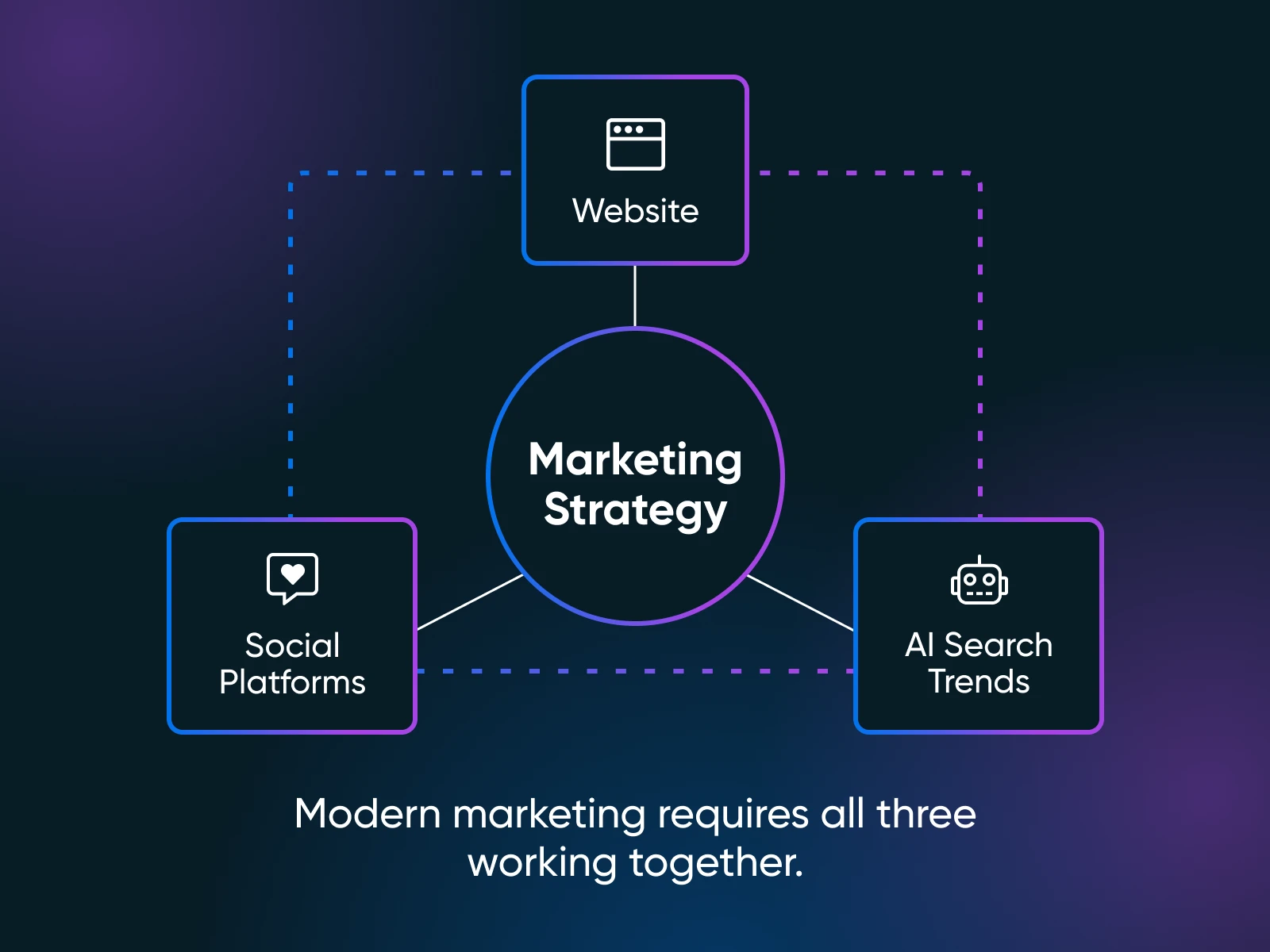
Also, we’d be remiss not to mention this: Not every business needs a website. But if you sell products or services, or if your growth depends on content and customer education, a website is likely worth the investment.
What makes it so? That’s next.
Again, it’s not about websites vs. social media vs. other digital platforms. It’s about how smart businesses can use websites as the core foundation that makes all other modern trends and tools work better.
Here are several reasons why you should consider it for yourself.
AI Tools Actually *Need* Websites
Large language models (LLMs) like ChatGPT and Gemini are trained on, draw information from, and sometimes cite online content.
The more accurate, relevant, and fresh content you’re able to publish to your website, the more likely you are to become a trusted source for AI tools that many customers (39% in the U.S., in fact) use in their purchasing journeys.
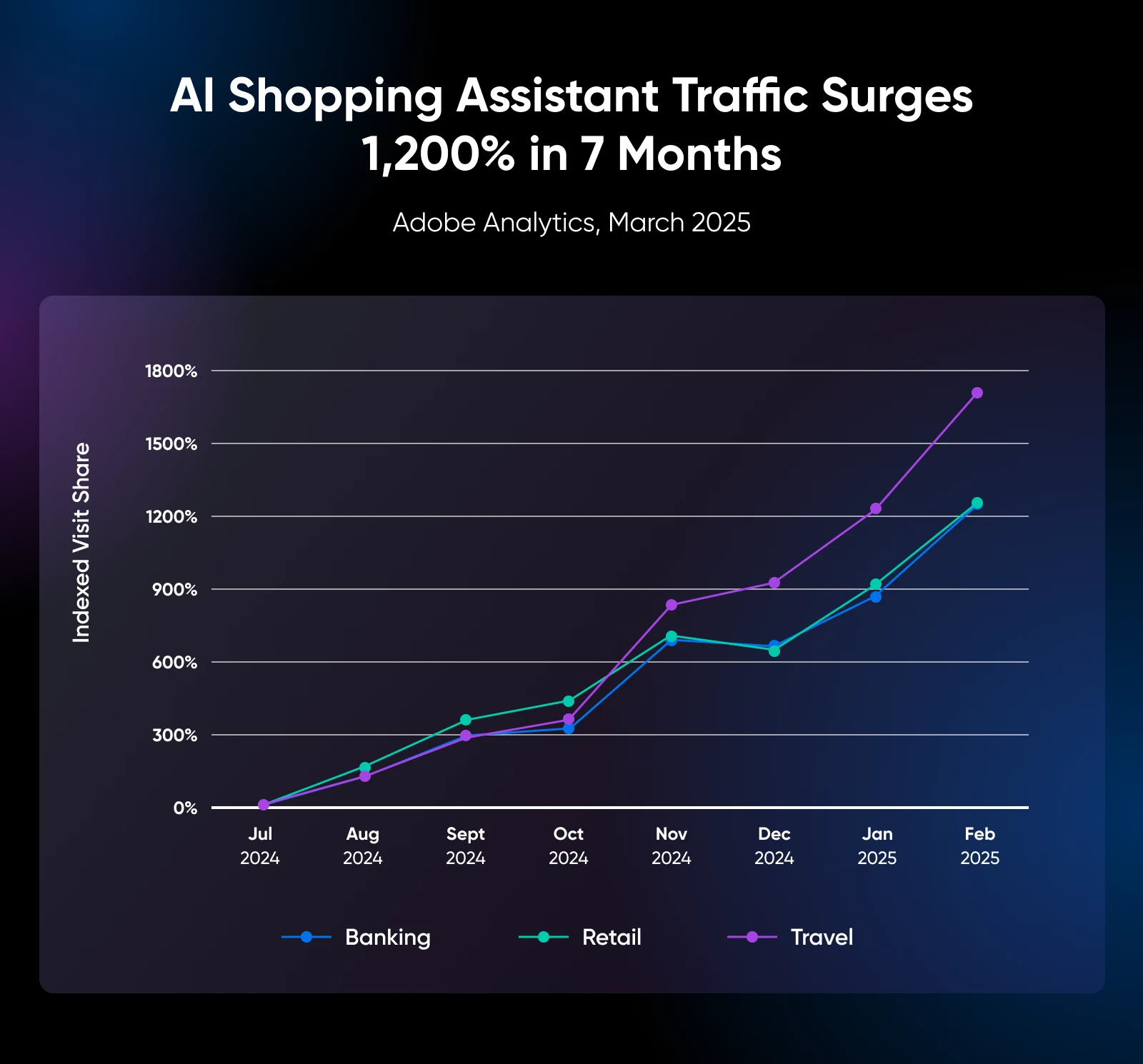
Similarly, when someone chats with Siri, Alexa, and other AI “assistants” of the sort, their answers are based on information grabbed from the web. Carefully structuring your website content with schema markup, headings, and concise paragraphs makes it easy for these AI tools to choose and use your website as a source —getting your brand in front of more potential buyers.
The Beauty of Owning in a Renting Economy
Being on social media is like renting prime retail space. Sure, you get great visibility, but you’ll never own it. The landlord (AKA the platform) can change the rules anytime.
On the flip side, having a website is like owning your own storefront. There is more to invest up front, but you call the shots — forever.
Naturally, “renting” space on a platform makes you dependent on said platform. And that has proven to be risky, time and time again.
Just think back to early 2025 about the uproar around TikTok shutting down suddenly. And the havoc that Google creates for blog owners every time it updates the algorithm that ranks content on its search engine.
Your website is fully yours. You get to design everything from the branding to the backend functionality. And, you get access to all of the data your site collects about your audience — giving you the power to craft more accurate marketing campaigns and better consumer relationships.
Commentbyu/memphisa013 from discussioninEntrepreneur
Local Biz? A Website Pulls Consumers in Deeper
Considering the billions Google makes on ads every year, it’s no surprise that the search engine has started featuring a lot more information on its results pages to prolong visitor exposure to those ads.
And it’s so good at doing that that nearly 60% of all searches are now no-click searches. Basically, people find what they’re looking for without clicking away from Google.
So, how do you work with this fact instead of against it?
Pair up an optimized Google Business Profile with your website. Yep, you can just set up a Google profile without your website to provide the basics like contact information, location, and reviews.
But while this is great for visibility, it’s pretty limited.
A website gives you more control, customization, and room to tell your unique story. Just like it is with any other platform you don’t explicitly own, just trusting and relying on Google is questionable! What happens when they change features, adjust policies, or your listing gets hit with fake reviews? Your website is your safety net.
And beyond all the algorithmic tricks, everyday customers just want proof you’re legit. A polished website signals credibility in a way that a simple Google listing never can.
Commentbyu/memphisa013 from discussioninEntrepreneur
A Platform for Compounding SEO Success
As you post content to your website, where it can’t be removed or changed without your knowledge, you stack up more and more keywords and links. Over time, as search engines catalogue all this information, you’re building up your authority and your ability to show up higher and higher in search results.
Not only that, but you create more opportunities to link internally and earn even further recognition from search engines.
Ultimately, a well-optimized piece of content can rank for years, whereas the flame of a social media post or AI mention may burn hot — but will burn out much more quickly.
Commentbyu/memphisa013 from discussioninEntrepreneur
The 6-Step Modern Website Strategy (for 2025 and Beyond)
You get the picture. Platforms come and go; algorithms change without notice.
But a website?
That you can create to be a readily adaptable foundation, which gives you the power and flexibility to find success with any cool new social or AI-based tool — without sacrificing the digital presence you’ve worked hard to build.
Here’s how to nail every element of your digital strategy in a shifting world.
Phase One: Build a Website Foundation That Powers Everything Else
It’s helpful to think of your website as the hub of a wheel. All the other channels that you want to be present on are its spokes. Both are integral to the functionality of the wheel, but the hub is the core and the first place you want to really solidify before moving on.
When you consider that a whopping three-quarters of consumers admit to abandoning a purchase thanks to a sketchy-looking website, you need to lock this in expeditiously.
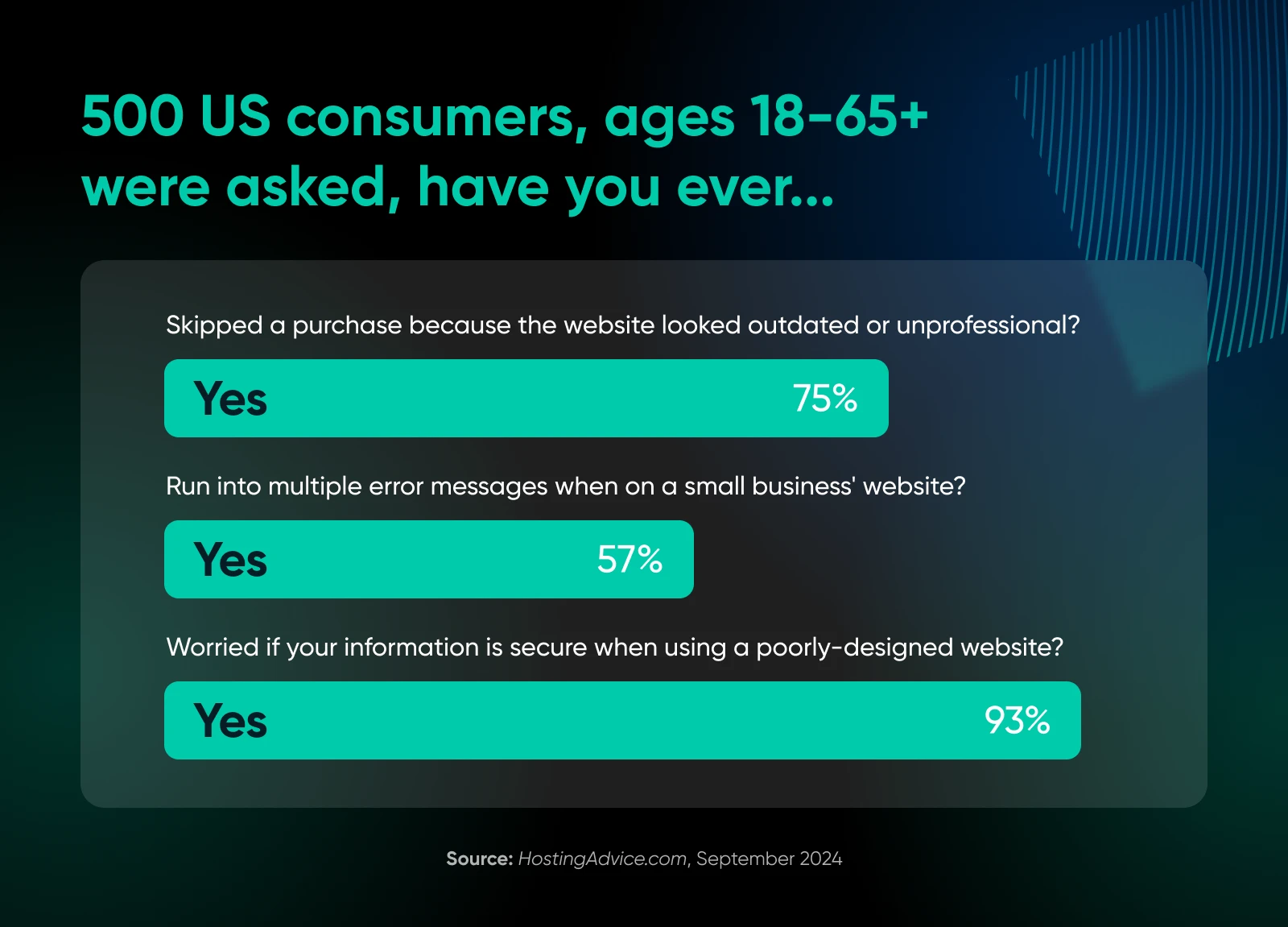
1. Focus on the Website Experience
- Work with a recognized, modern CMS that you find easy to use and edit: WordPress is a classic choice that we widely recommend, but there are also some alternatives to consider based on your needs (speed, technical ability, etc.).
- Prioritize speed and performance: You can help this along by avoiding content bloat and using modern image formats, but your chosen web host will also be a huge factor.
- Create a user experience that feels “app-like” by focusing on simplicity, smooth navigation, minimal load times, and mobile-first design: You’re working in tandem with tools that many folks access from their phones, so you need to think like them.
2. Design with Content Distribution in Mind
- Design category-driven content hubs (blog, case studies, etc.) when laying out your website: And double-check that these are easy to find, read, and share on mobile!
- Use structured data that makes it easy for machines to consume and use your content: In addition to tooling like RSS feeds to simplify syndicating content via email, social, and aggregators.
- Custom automations, or a platform like Zapier, can help you quickly send out every new piece of content to LinkedIn, X (FKA Twitter), Slack, Reddit: …you get the picture.
- Measure what’s working to drive traffic: Use tools like Google Analytics and track UTM parameters.
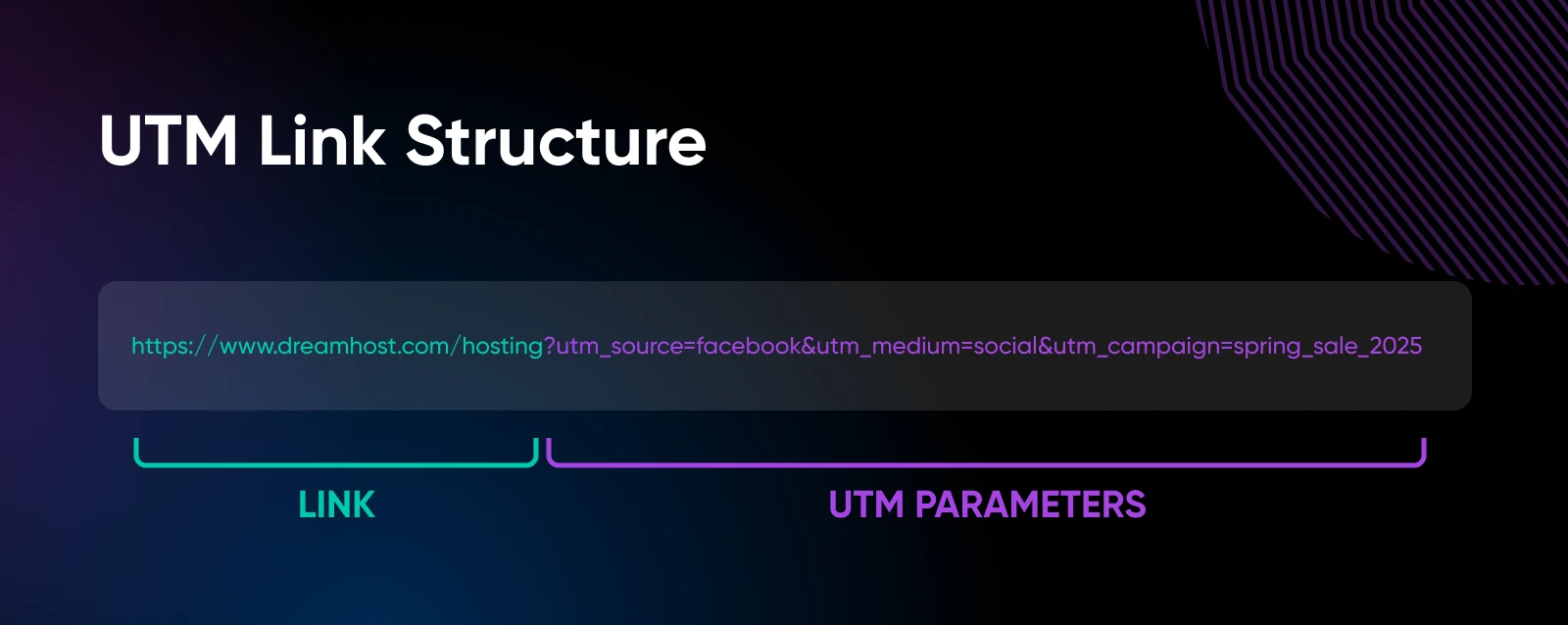
3. Bake in SEO From Day 1
- Use tools like Ahrefs and Google Keyword Planner: ID keywords that relate to your products/services.
- Start with a really killer pillar page that includes your most high-potential keywords: Then build out the cluster (multiple pages that link to the pillar and focus more on niche, long-tail keywords).
- Include tons of internal linking: This helps to build authority across your whole site.
- When you feel like you’ve got the content creation side of things handled, start diving into technical SEO elements: Schema markup, metadata, image alt text, etc.
Phase Two: Spin Up Social Distribution To Drive (and Convert) Traffic
Now it’s time to build out those spokes. Your goal in this phase is to generate relevant, high-quality traffic that is ready to convert once landing on the optimized website you just polished off.
4. Architect a Social Media Strategy Around Your Content
- Make sure to optimize and prioritize channels where your audience lives: For example, get through to your B2B buyer on LinkedIn, and sell those more affordable consumer goods on Instagram.
- Rev up that great pillar and cluster content you’ve been working on: Repurposing into various formats for different platforms is the name of the game here. Pull quotes for X, video clips for TikTok, summaries and carousels for LinkedIn, and so on.
- Use social media to connect with your major fans and get them interested in your website: Once you get them to your site, your long-form content will tackle depth and solid conversions.
- Consistency is so key: Keep an eye on the cadence that works for each channel and plan a solid content calendar around it.
5. Deploy AI To Scale Smarter
- Tap into the same AI tools your customers use: This can help scale your social content efforts.
- LLMs can assist you in various ways: Summarizing longer content to make lots of social posts quickly, analyzing what’s working as far as engagement, and recommending additional topics and strategies to try.
6. Close the Loop
- The goal of this social distribution engine is ultimately to spark curiosity that leads readers back to your website. Here’s what to do from there:
- Build trust in your brand by reposting positive social mentions, reviews, and case studies.
- Guide visitors using strong calls to action (CTAs). Each website page and piece of content should nudge visitors to do something (such as purchase, sign up, keep reading, etc. — options are key).
- For those who aren’t quite yet ready to convert in any of the offered ways, entice them to share their email. From there, you can nurture through retargeting and automated marketing sequences.
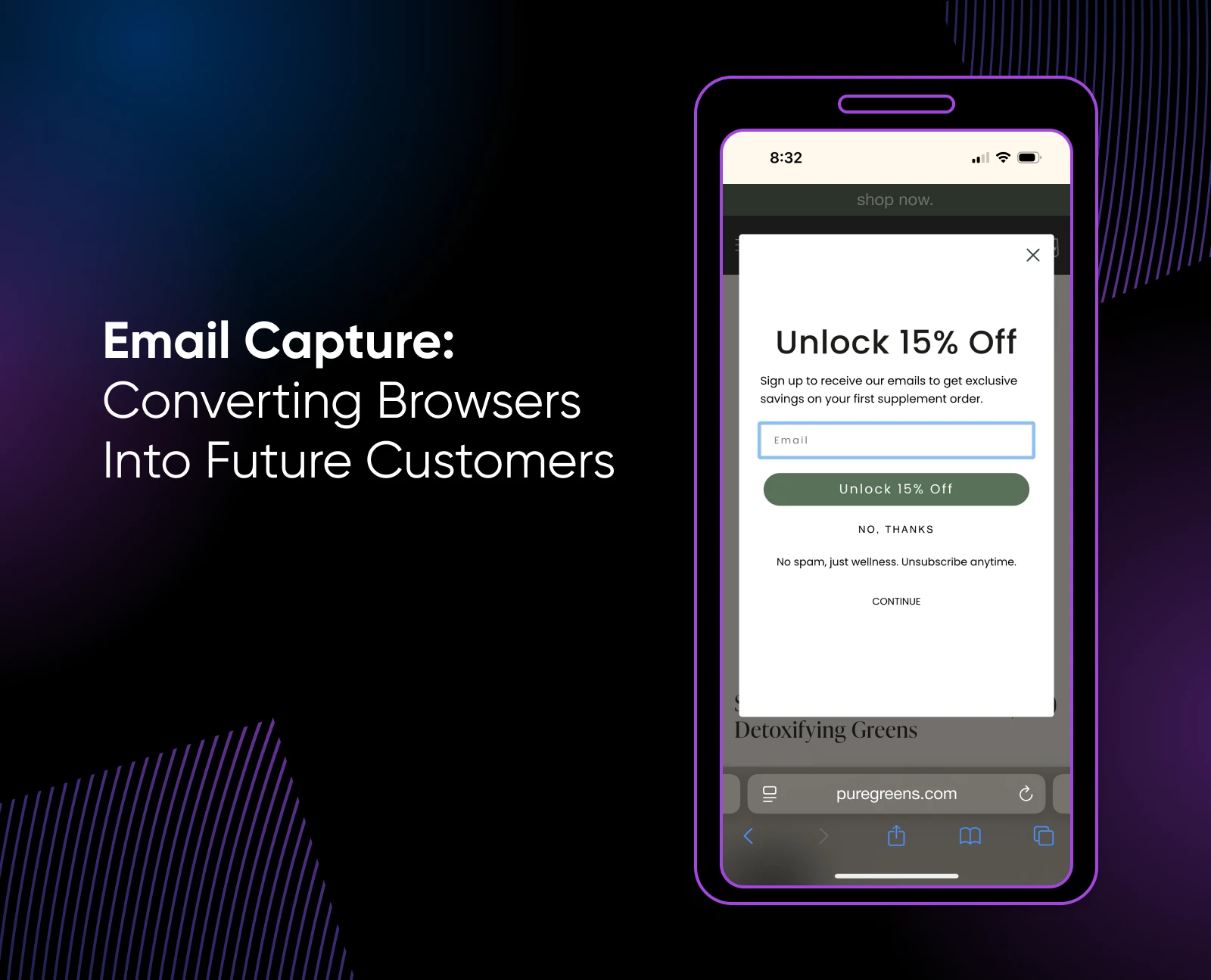
Business Website: A Key Part of the Modern Growth Engine
Your website is the one digital property you truly own. When you design it to be central to a larger marketing strategy, every other channel works harder for you.
The smartest approach in the age of rapid AI and social media expansion isn’t choosing between any of these platforms, but making them all run together smoothly.
Future-proof your marketing by investing in your website foundation and layering in social and AI tools to amplify your reach and success.

Domains
Your Great Idea Starts with a Domain Name
A custom domain gives your site a professional look, strengthens your brand, and helps visitors find you on the web.
See More



